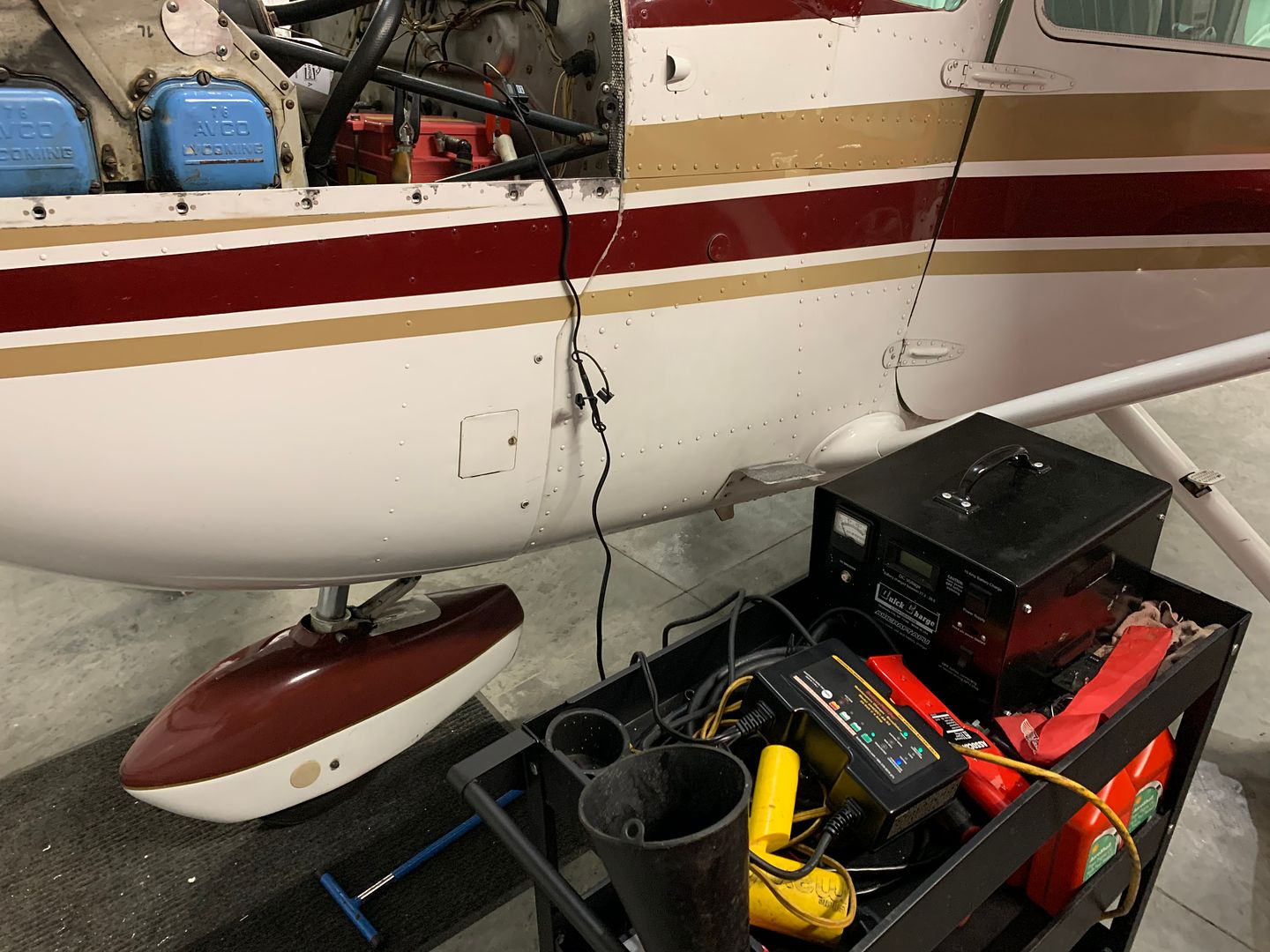ArrowFlyer86
Pattern Altitude
- Joined
- Jul 17, 2019
- Messages
- 1,549
- Location
- Chicago suburbs
- Display Name
Display name:
The Little Arrow That Could
I had a 2yr old Gill battery that died on me last Thursday.
Due to a mix of holiday travel, sub-zero temps and perpetual LIFR fog I only managed to fly the plane 3h in the last 30 days. That's the lowest amount of time I've ever flown over a 1 month interval with the exception of when it's in annual.
The battery was nearly dead. Enough juice to power lights/G5 for preflight checks but not enough to crank the engine and turn the prop, just generate a low pitch groan from the starter. I replaced it with a Concorde RG25.
Question: Should the battery have lasted longer than 2y?
I fly it 150-200h a year and keep it in a heated hangar at ~60F, so it's not subjected to sitting in cold temps. But I also did absolutely zero maintenance on the battery (e.g., no connection to a battery charger while plane is in the hangar).
Due to a mix of holiday travel, sub-zero temps and perpetual LIFR fog I only managed to fly the plane 3h in the last 30 days. That's the lowest amount of time I've ever flown over a 1 month interval with the exception of when it's in annual.
The battery was nearly dead. Enough juice to power lights/G5 for preflight checks but not enough to crank the engine and turn the prop, just generate a low pitch groan from the starter. I replaced it with a Concorde RG25.
Question: Should the battery have lasted longer than 2y?
I fly it 150-200h a year and keep it in a heated hangar at ~60F, so it's not subjected to sitting in cold temps. But I also did absolutely zero maintenance on the battery (e.g., no connection to a battery charger while plane is in the hangar).

